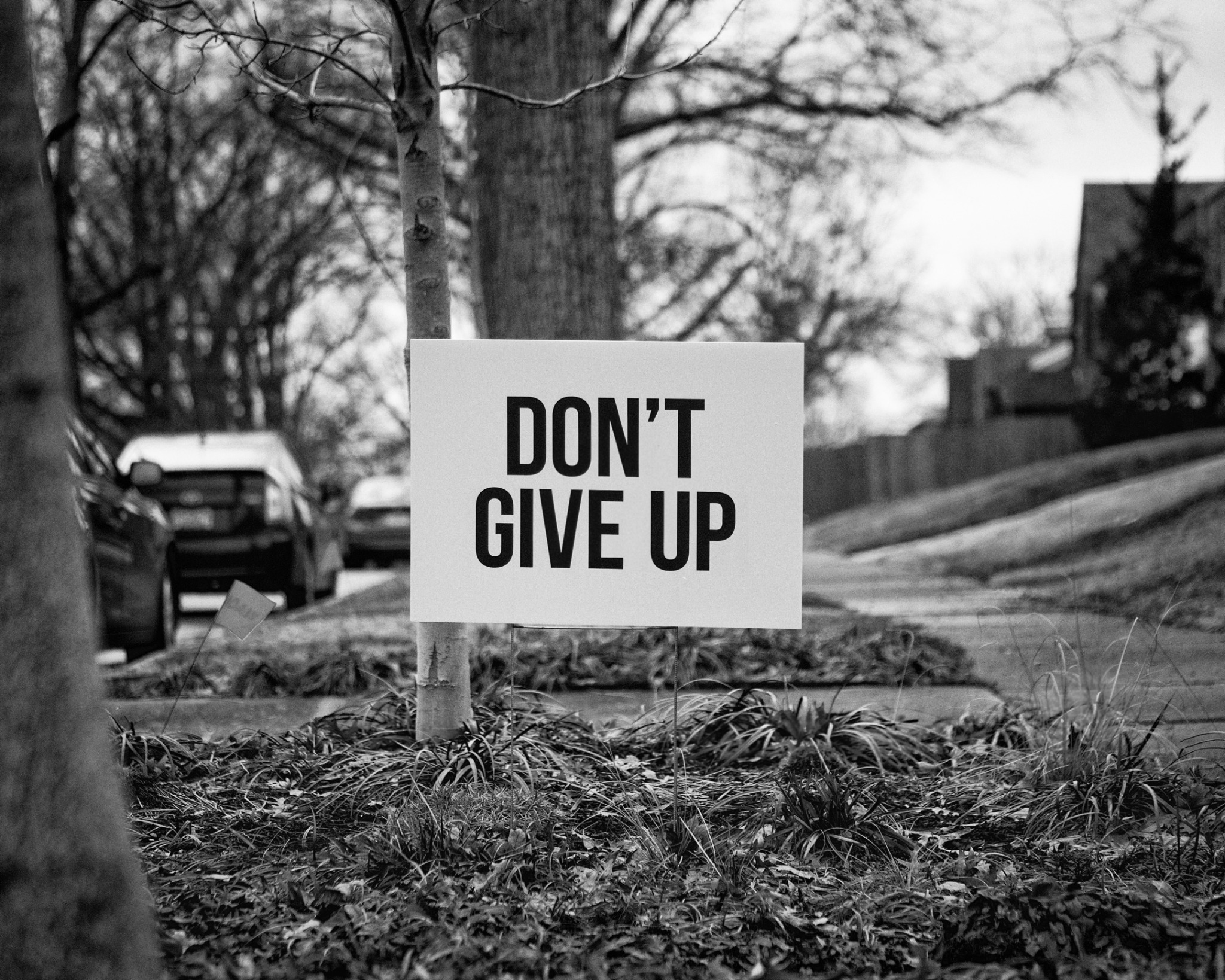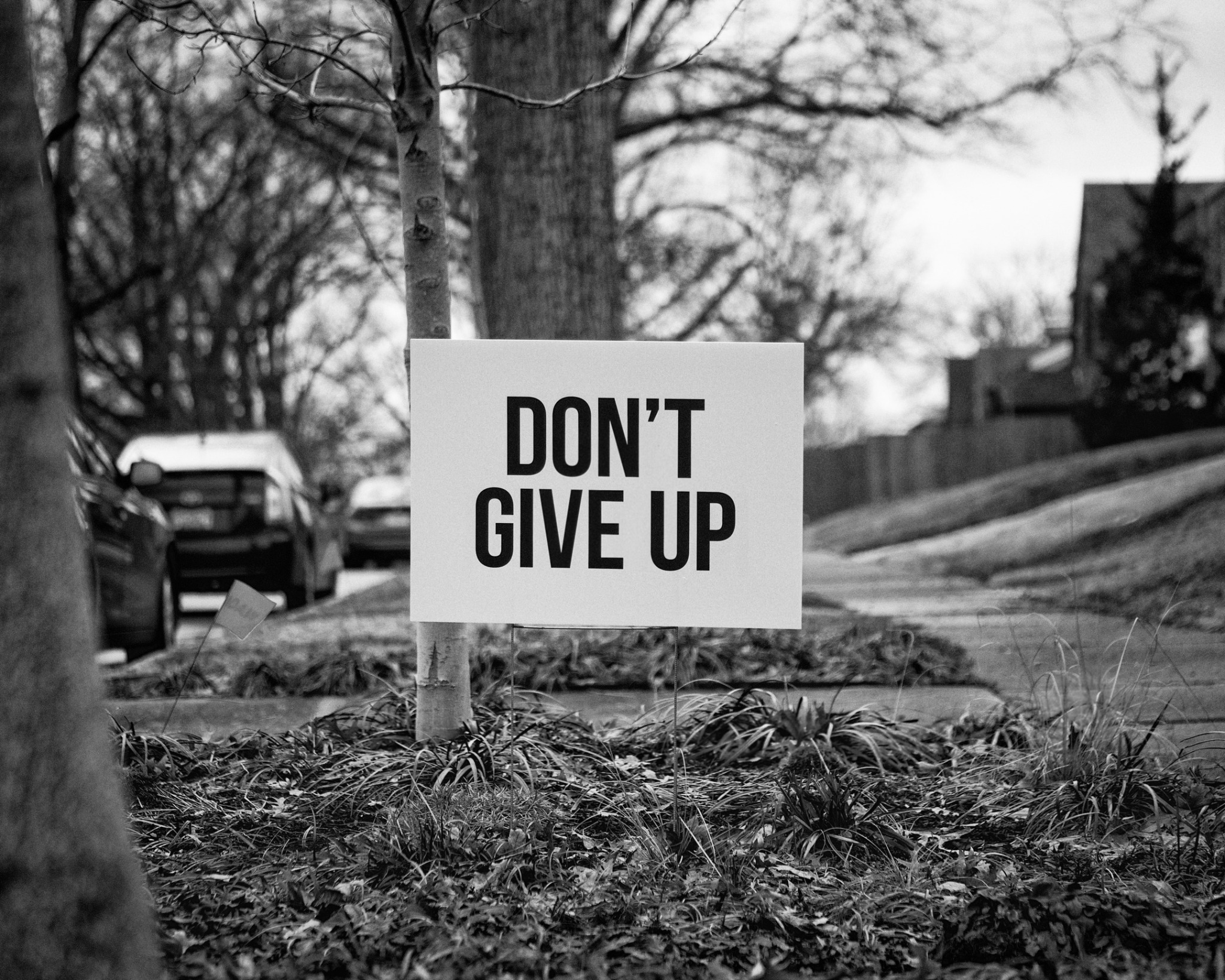
$3 Million in 30 Days: Transforming a Hotel into a Community Housing Model
A Case Study Written by Nick Norman
In this case study, I'll provide a glimpse into how, with the help of others, I led the design and development of a turnkey housing model for a 200-room hotel, totaling 70,000 sqft, that raised $3 million in just 30 days.

Before delving into the details of the project, it's important to provide some context about the hotel and the situation that led to the development of the community transitional housing model. For instance, this project took place roughly 15 years ago. However, it remains an important piece in my project portfolio for two primary reasons:
1. This project marked a significant milestone in my career. It would become my inaugural experience in successfully securing major funds and building a complex program from scratch.
2. The success we achieved through this project served as a catalyst, fueling personal confidence in my ability to excel in community engagement work.
To begin, it's important to highlight the hotel's predicament
The hotel's location was in a high-crime area which posed significant challenges in maintaining profitable occupancy rates. Due to the crime that also made its way throughout the hotel, hotel management reported monthly revenue losses of $25,000.
As an attempt to address this issue, the property management team decided to offer free accommodations to non-paying guests in exchange for their labor in various roles, such as housekeeping, front desk, customer service, security, maintenance, and food service. However, longer stays led to significant wear and tear on the property.
Lacking the financial capacity to keep up with hotel repairs and improvements, nearly half of the rooms in the property were put offline due to damages. This pushed the hotel to the brink of closing for good. That's right about the time I arrived at the hotel.
I was invited to come live at the hotel by a local nonprofit who had been providing homeless services throughout our community. They believed I could be of great help working with the residents living at the hotel. In exchange for working and helping around the property, I was also given room and board at no cost.
After a few weeks of working at the hotel, I began to see how much impact the property could have if repurposed to help families in need. One day, one of the property managers approached me saying, "You should come up with a way to help people with this hotel."
Not too long after the manager made that comment, I partnered with the managers and families in the hotel to determine what it would take to launch an outreach project from the hotel.
With a wealth of valuable input, I drafted an executive summary proposing to transition the property into a one-stop-transitional space for the families in crisis. The model would include classrooms, childcare centers, job training facilities, and more, and is intended for a hotel with over 200 rooms, many of which are out of order due to damages.
After pitching the project idea to the property's owners on a phone call, they agreed to fly into town to talk further. That led to a handshake and an agreement to move forward with implementing the transitional housing model at the hotel.
To kick-start the project, property management gave me a small office space to work out of.
Within the first week, I had outgrown the small office space I was given. This was due to a high volume of people wanting to talk to me about the model onsite. As a result of that, I was then approved to convert two adjoining hotel rooms into an office space: by replacing the furniture with a desk, bookshelf, fax machine, printer, and an outdated word processor.
Converting those two hotel rooms into an office space essentially is what I envisioned for the entire property. Having that setup made it easier for people to see and grasp the concept of what the hotel could be.
Additionally, I purposely left my office curtains open during the night. When left open, the large hotel windows attracted the attention of people walking and driving past the property. In my mind, this was free advertising and it was highly effective. Upon arriving at my office each morning, I'd find several business cards stuffed inside the door.
Designing the model and implementation
1. In collaboration with the hotel staff and owners, I designed a blueprint for the one-stop-shop model considering various factors such as security, accessibility, and regulations. This posed a great challenge as we needed to create a design that would include varying populations living in the hotel (short term stays, victims of violence, families, single parents, truckers passing through and so on). The design also needed to fit and flow within the existing property structure without requiring costly renovation.
In order to effectively address that challenge, we had to get as many rooms up and running as possible. To do that, we recruited and mobilized hotel residents to contribute to repairs and renovations to update rooms; documenting their work as a record for future employment opportunities.
2. Strategic partnerships and contracts
At the time of this project, there was a recession and many nonprofits and housing agencies lacked the funding needed to assist families. Consequently, nonprofits could no longer receive grant funding if there weren't any facilities to house their families. That's what led many organizations to consider our hotel project for housing.
What made the hotel so unique is that we had more flexibility in terms of the types of families we housed. While most nonprofits wouldn't accept couples, whole families or single men, we could. This allowed those nonprofits to use their funding towards vouchers that paid for room stays for the people they sent to us.
This opened the door for us to be a primary housing resource for crisis hotlines and emergency response organizations. Which presented another challenge for us.
Though we had the capacity to accommodate a large number of housing vouchers, we needed to create a dual check-in process for standard check-ins and housing vouchers from nonprofits. This was important because we were still a corporate owned property at the time. Which also meant having personnel available to receive families in crisis at any-given time of the day or night, and that they be educated on the voucher intake process.
In response to these dynamics, I met with a legal firm for two primary reasons: 1. Discuss the legalities around operating a nonprofit housing program within a corporate ran hotel 2. To evaluate templates I had drafted of a financial memorandum of understanding and multi-tiered contracts for community agencies to lease housing space for longer periods.
The most challenging aspect was harmonizing contractual agreements with the day-to-day operations and expectations at the hotel. Each nonprofit or community organization had distinct needs and requirements, ranging from the number of rooms needed and security measures, to conference room and restaurant access to the choice of laundry detergent and soap. Attention to detail was crucial to ensure alignment and clarity among all parties involved.
By the end of the first month of this project, our program generated $3M of revenues, which included $300,000 of housing vouchers and pledges my by residents throughout the community.
3. Forming community partnerships and implementing programs
As contracts multiplied and rooms were allocated, it became evident that we needed tailored programs to teach and empower residents staying at the property. With a diverse body of residents being referred by nonprofits, we collaborated with community partners to implement programs that effectively addressed the varied demographic profiles within the hotel.
We also involved residents in that process. Doing so set a tone throughout the hotel that made people feel included.
I'm often asked, "What's the most critical challenge you faced?"
We faced many significant challenges during this project. However, if I had to share one key challenge, I'd point out the day when a law enforcement officer informed me that a crimes task force had been watching the property.
An officer informed me that some individuals at the hotel were to be arrested soon. They gave me a chance to notify these individuals and their families, leading to a delay in their arrests. The officer spoke highly of our outreach project. He believed postponing those arrests would minimize the risk of bad publicity around the hotel.
Some families, once supportive of our efforts, felt betrayed by the news of the impending arrests. From their perspective, had I not initiated this project, they would be able to stay.
Despite the many challenges and accomplishments we experienced, that single challenge struck me at my core. With years of community engagement experience now under my belt, I'd obviously do things differently. To be specific, I would have done a community and audience assessment to start the project.
1 Other Success Worth Mentioning
By collaborating with community organizations, we were able to establish satellite hubs for their case workers to serve families in crisis. This contributed to the safety of case workers who no longer had to travel to multiple locations to serve case loads. As a result, case workers were able to serve more people and the organizations were able to secure more funding for their programs, such as grants.
A Few Q&As
Q1. Can a model like this be adapted and utilized with for-profit purposes?
A. Absolutely!, the hotel model described in this case study can be used for for-profit purposes.
Q2. How did you manage to raise the funds so quickly?
A. During the housing crisis of 2008, many families were left without shelter, and the flexibility of our model allowed us to accept a diverse range of families, including those with children above a certain age, and men and women. Essentially, we had roughly 200 rooms to help place many of those individuals and families. That dynamic along with community programming and cross-industry partnerships is what helped us succeed.
Q2. Is this model in higher demand with the increasing number of property closures, due to the pandemic?
Yes. Since the pandemic, many businesses have closed, leaving behind numerous vacant or partially used real estate properties.
This model enables a spearheading organization to leverage strategic partnerships to acquire commercial properties without significant upfront costs, and in some cases, none at all. However, a model like this can always be utilized effectively for underutilized buildings or to partner with underutilized properties in order to establish a presence globally.
This is a versatile project that can be applied to multiple purposes, including commercial or residential properties. If you have a project you are considering, please let me know and I can help fill in any gaps.
Post a comment